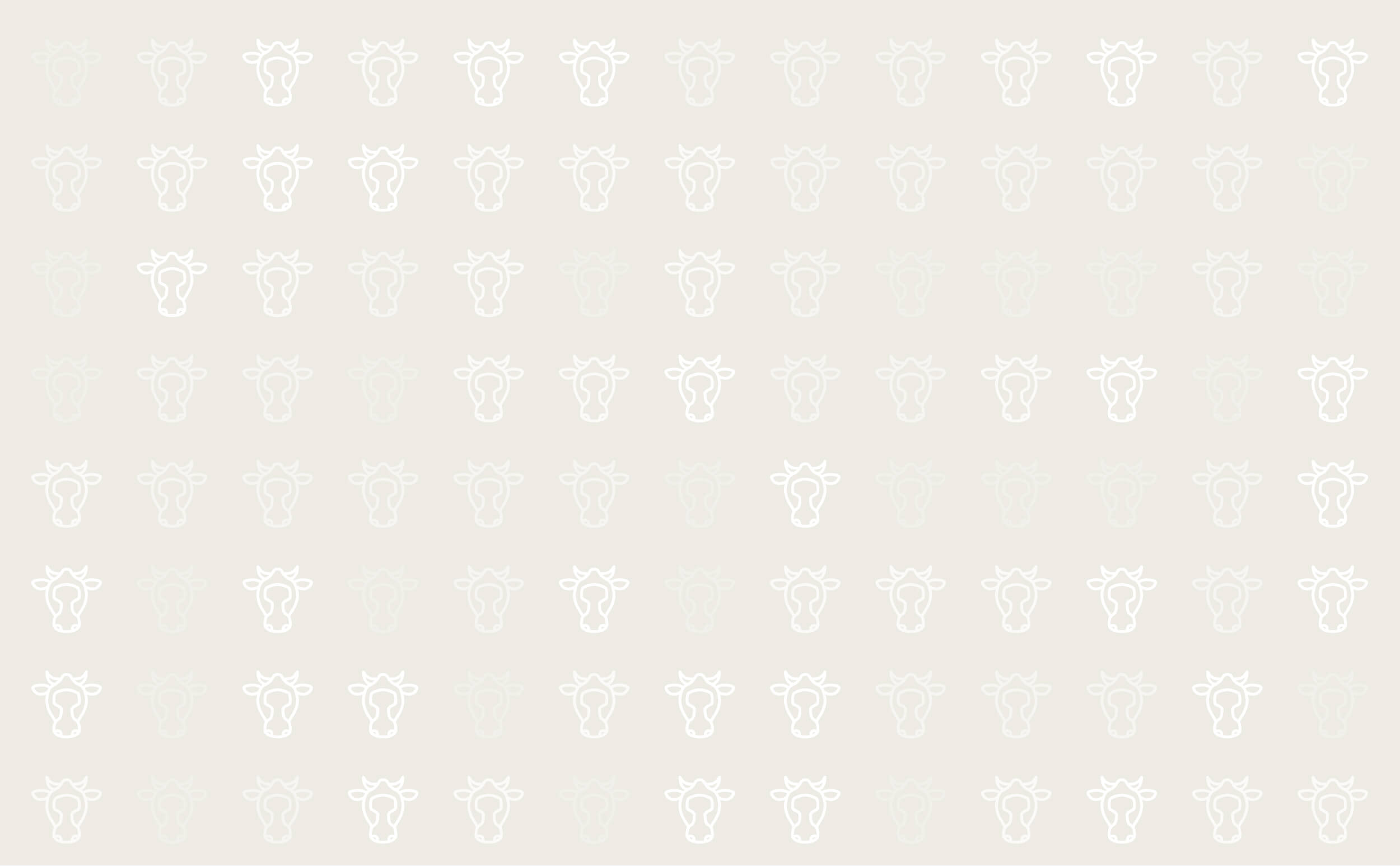



Bracken Poisoning In Cattle
Many plant poisonings, including bracken poisoning, are common in the autumn. The highest risk period is when grass growth is poor, particularly if this has been combined with bracken control so that rhizomes or new young fronds are available for cattle to eat.
Cause
Bracken contains a variety of toxins. Ingestion of significant quantities produces signs of acute poisoning related to thiamine deficiency in monogastric animals and bone marrow depletion (aplastic anemia) in ruminants. The toxic effects appear to be cumulative and may require one to three months to develop, depending on the species of animal, quantity consumed, time of year, and other factors.
Both leaves and rhizomes contain the toxic principles, which vary in concentration with the season. Most acute poisonings are seen after periods of drought when grazing is scarce; however, the plant is toxic even when present as a contaminant in hay, and cases have occurred in stabled animals.
Symptoms
Acute poisoningThis occurs as a result of eating large quantities of bracken. Disease develops because of depression of the bone marrow, which stops the production of the white cells that fight infection and the platelets that help blood to clot. Signs can up to eight weeks after cattle have stopped eating bracken
- Depression and loss of appetite
- Bloody diarrhoea accompanied by straining
- High temperature
- Weakening, collapse and death (usually within five days of the onset of signs)
- Secondary infection is very common
- In mild cases - persistently bloody urine (haematuria)
- In severe cases – severe blood loss and difficulty passing urine with visible blood clots
In some animals, cancer occurs in the gut as well as the bladder. The signs depend on the site of the tumour. Get veterinary advice in animals showing unusual gut signs that have had access to bracken.
Treatment
There is no specific treatment for bracken poisoning. In acutely affected cattle, mortality is usually above 90 per cent.
Antibiotics can be used to prevent secondary infections.
Prevention
Limit access to pastures with bracken, particularly if grazing is poor. Never allow cattle access to recently ploughed land where bracken has been. Exposed rhizomes are the most dangerous part of the plant as they are attractive to cattle, particularly if they have started to reshoot.
Bracken control by burning, ploughing, reseeding and herbicide is the best method of prevention.

